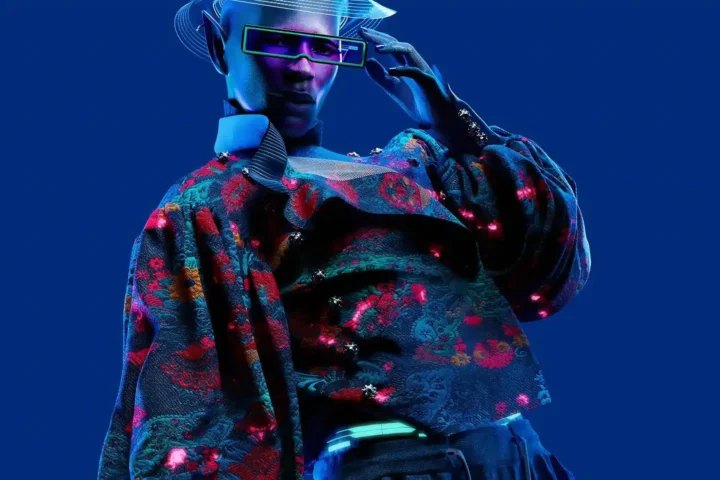Fashion in 2025 has taken a futuristic turn, where technology isn’t just about gadgets or apps but has become a part of everyday style decisions. Artificial Intelligence (AI) is no longer confined to tech labs or research facilities. Instead, it has stepped into closets and boutiques, reshaping how people discover, shop, and wear fashion. The rise of AI-powered styling assistants is transforming wardrobes around the world, making fashion more personalized, accessible, and innovative than ever before.
AI fashion assistants are digital stylists that analyze personal preferences, body type, weather, and even calendar schedules to suggest outfits tailored to each individual. Imagine waking up in the morning and receiving an AI-generated wardrobe plan that not only picks the perfect outfit for the day but also recommends sustainable options and highlights how many times a piece has been worn. For busy professionals and fashion enthusiasts alike, this innovation offers convenience and confidence in style choices.
Retailers and fashion houses are also embracing AI as a way to improve customer engagement. Many leading brands now use smart styling platforms powered by machine learning to give shoppers virtual try-on experiences. Customers can upload their measurements or even use augmented reality (AR) mirrors to visualize how an outfit will look before purchasing. This has significantly reduced the hassle of returns, making online shopping more reliable and enjoyable.
AI doesn’t stop at personalization—it’s also influencing trends and production. With advanced algorithms, fashion companies can now analyze massive amounts of social media data to predict upcoming trends with remarkable accuracy. This means consumers see collections that reflect their evolving tastes faster than ever before. From predicting color palettes to identifying emerging silhouettes, AI ensures that designers remain in sync with the cultural pulse.

Sustainability has also found a new ally in AI. In an era where eco-conscious shopping is more important than ever, AI-powered tools help consumers make greener choices. Wardrobe apps track clothing usage, encouraging people to re-wear and recycle instead of constantly buying new items. At the production level, AI optimizes supply chains, reducing waste by predicting demand more accurately and ensuring fewer unsold items end up in landfills.
The social impact of AI in fashion is equally significant. Virtual styling platforms have broken barriers by making fashion advice accessible to everyone, not just celebrities or wealthy clients. This democratization of style means that people across the world, regardless of budget, can enjoy the expertise of a personal stylist at their fingertips. It also empowers emerging designers to showcase their collections to global audiences through AI-powered marketplaces, bridging gaps between creators and consumers.
However, the rise of AI in fashion is not without challenges. Critics argue that the heavy reliance on algorithms may overshadow human creativity and individuality. There are concerns about data privacy as fashion platforms collect personal information to provide tailored services. Yet, most industry experts believe that AI will not replace designers or stylists but rather act as a supportive tool, enhancing their creativity and allowing them to focus on innovation.
As we move further into 2025, one thing is clear: fashion is no longer just about fabrics and trends—it is about technology seamlessly woven into our daily lives. AI-powered styling assistants represent a revolution that merges creativity with intelligence, convenience with sustainability, and individuality with innovation. For fashion lovers, the future looks smarter, more sustainable, and stylishly exciting.










